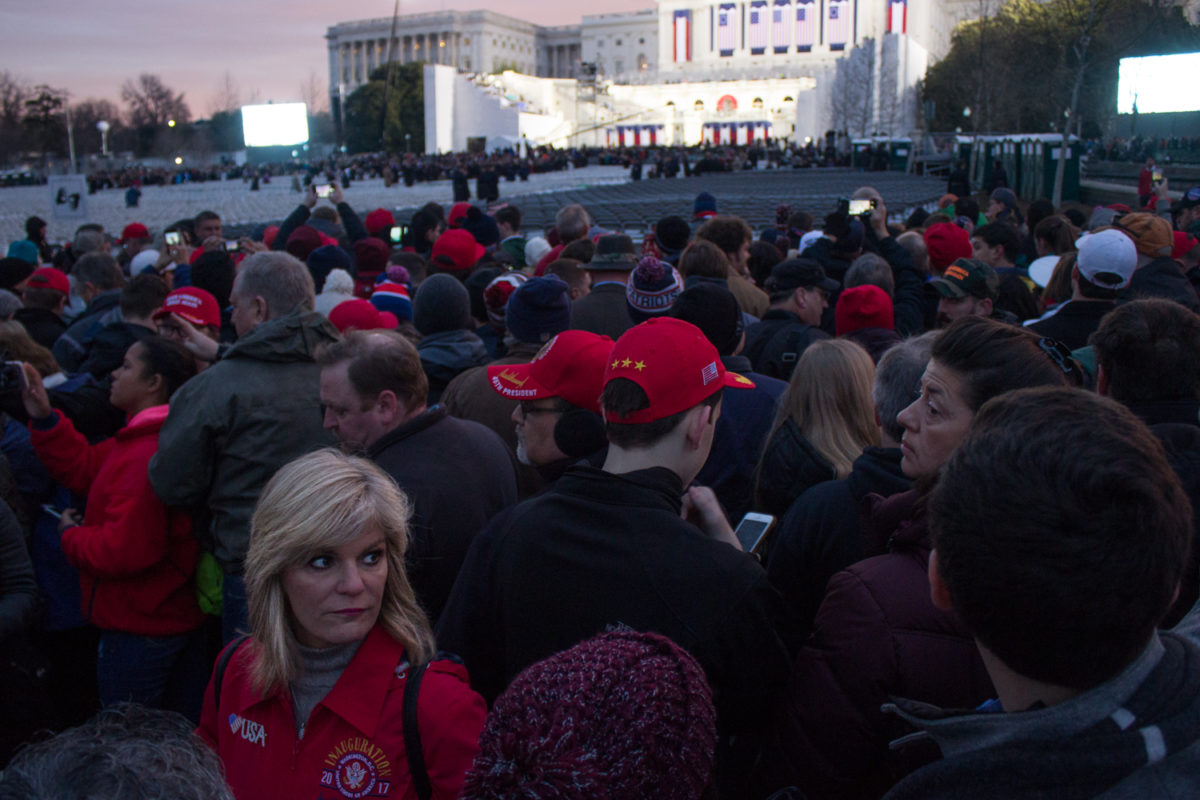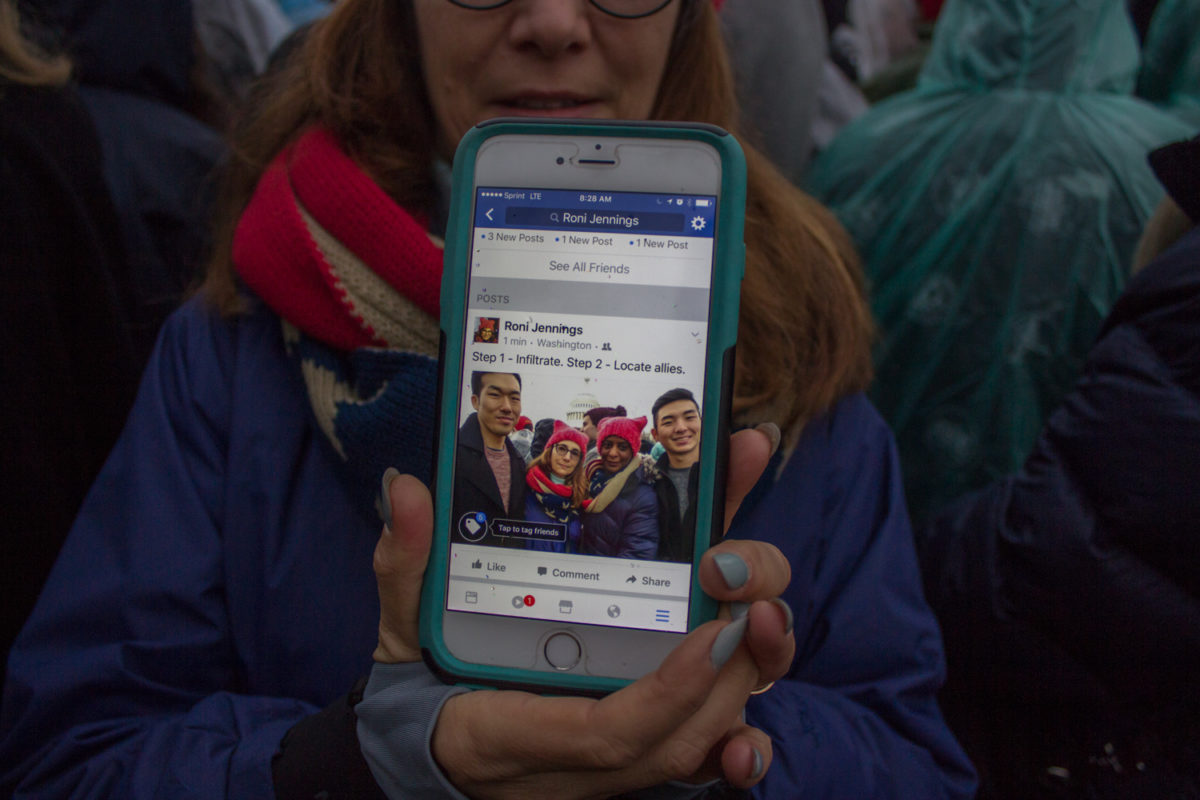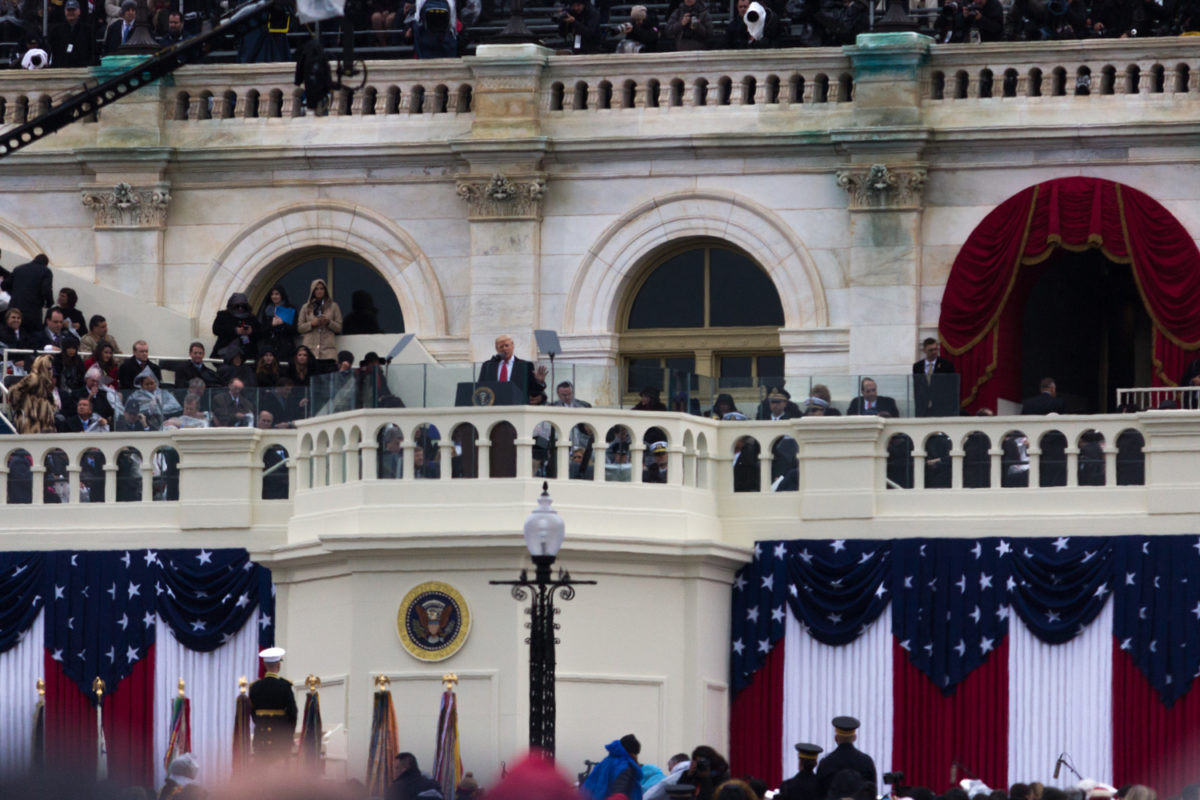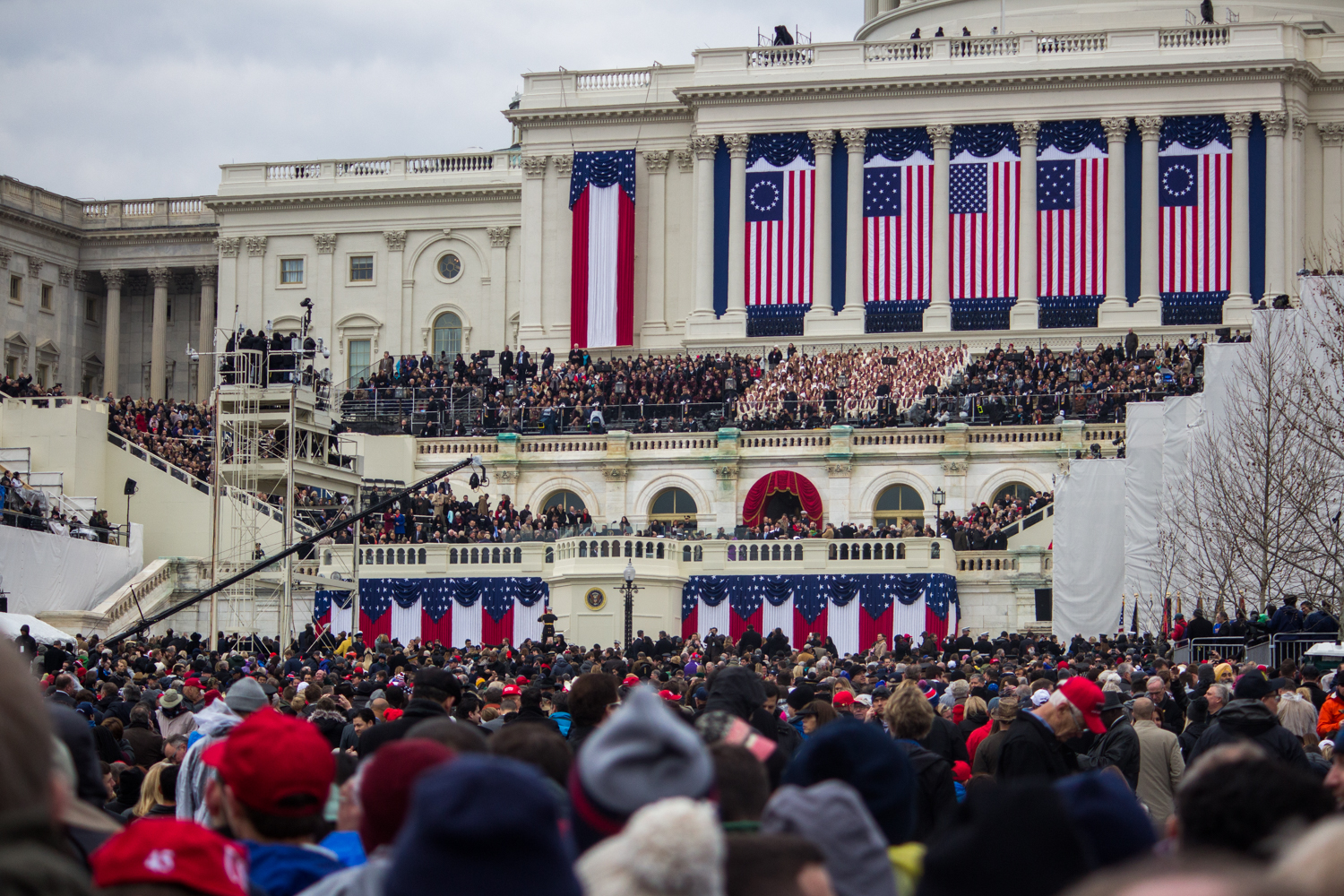The day Donald Trump became the 45th president of the United States, about 250,000 people came out to celebrate his inauguration; not the 1.5 million that he had claimed to have come. Despite having vastly smaller numbers than what President Trump had expected, 250,000 is still a considerable turnout, despite just a drop in the bucket of the total 62,979,879 people who had voted for him on election day.
My friend David Yoon, 24, and I, two Asian- Americans from New Jersey, decided to attend his inauguration ceremony in Washington D.C.
The supporters who made it out to Capitol Hill on Jan. 20, and the ones who were waiting with us at the Rosslyn Metro Station at 5:30 a.m., were not only proud to see their president-elect take the oath of office, but also the most hopeful for what this upcoming presidency means for America.

“I believe in his entrepreneurial spirit,” said Cavin Shorter, 43, from Palm Springs, California. Shorter had flown into D.C. and was on his way to attend the inauguration with two supporters whom he had just met the other day. His spirits were high despite being in a crowded D.C. Metro so early in the morning. “If he can make $5 million, or even $2 million for that matter, he definitely knows how to run things. I think it was time for a change.”
We got off at the Federal Center Metro Station, and Shorter quickly disappeared within the rush of people trying to get above ground. As time went by, clouds began to gather over the Capitol and the steady streams of people making their way towards the West Lawn were rapidly growing. By 7:00 a.m., the standing area for ticket holders was already packed. The only thing left to do was to wait in the chilly 42 degree weather for the inauguration to begin.
It was a rather homogeneous group of white men and women, with a few children scattered throughout the crowd. Almost everyone had incorporated some form of red in their attire. The signature ‘MAKE AMERICA GREAT AGAIN’ cap was a popular choice for most people.
The people who stood out most in the sea of red were Roni Jennings and Tisha Withers from Sacramento, California, who were wearing matching, bright-pink ‘pussy hats.’

They were, of course, in Washington D.C. to attend the Women’s March the next day, but their presence at the inauguration was also a form protest for them. “Because democracy is not up for grabs!” was the only quote they would give, though they were more than happy to take a picture with fellow liberals. No one seemed to mind that the four of us were there, as we were all collectively restless and hungry, waiting in shared misery for President-Elect Trump to arrive.
At around 10:30 a.m., I happened to eavesdrop on a heated discussion amongst Steve Kregness, 53, Kathie Austin, 73, and Jane Harris, 71, on Betsy Devos, President Trump’s cabinet pick for Education Secretary.
“Why am I here? Because I’m marching tomorrow!” said Austin, who was wearing a Hillary Clinton sweater underneath her yellow poncho. “I’m a retired teacher, and education matters a lot to me and I don’t want to see us go to a voucher system if this Betsy Devos gets a cabinet post.”
Austin and Harris came together form Redondo Beach, California. They both voted for Hillary Clinton, and shared the same reservations towards Donald Trump and his actions thus far.
“I voted for Hillary because every one of her beliefs are mine,” said Harris. “I’m worried about our marginalized groups. Families are living in fear. They are afraid they are going to get deported.”
“There are so many issues that are important to me, and that is why I am marching tomorrow, not just for women,” she added.
The thing that really surprised me was not their discussion; but rather, it was the fact that there was civil discussions. Steve Kregness and his son, Jack Kregness, 16, came to D.C. from Pittsburgh, Pennsylvania, wearing their red “USA” caps to celebrate the inauguration, where having constructive, passionate conversation with people of different views and values.
Throughout the 2016 presidential campaign, the American people were divided by association; everyone was almost forced to choose between Trump or Clinton, right or left, right or wrong. There was a level of reluctance for either side to accept the other, and attempt to find some common ground beyond the personality that they were voting for.

“Both campaigns tried to portray the worst of the bad, but it’s not [right]; you’re looking at what 90 percent of the people are–it’s this,” said Steve Kregness, raising both hands, gesturing towards the whole crowd.
I gazed upon that crowd; I looked at the people around me and saw that they were weary, but excited. These people who had voted for Donald Trump didn’t seem to mind that there were minorities, pink hats, and Clinton supporters among them. There were some moments that did remind me of our differences, like the boo’s towards President Obama and Vice President Joe Biden, the revival of the “LOCK HER UP” chant at Hillary Clinton, and the subtle glares I got when I instinctively yelled “YEA, BERNIE!” when I saw Senator Sanders.
But in the end, we were all there under one commonality: the hope that things would get better. What I saw on inauguration day was not ‘them’ and ‘us’, but proof that people with different fundamental beliefs can coexist once we stop hoping for the ‘other side’ to lose. At that moment, we were hoping for us all to win.
We, the American people, can all win as long as we, the people, learn to associate ourselves with each other, and not dismiss a crowd of 250,000, or a population of over 63 million. And as Donald Trump took the oath of office and gave his inaugural address to the people of the United States, there was one thing he said that has me looking forward to the midterm elections:
“We must speak our minds openly, debate our disagreements honestly, but always pursue solidarity. When America is united, America is totally unstoppable.”







